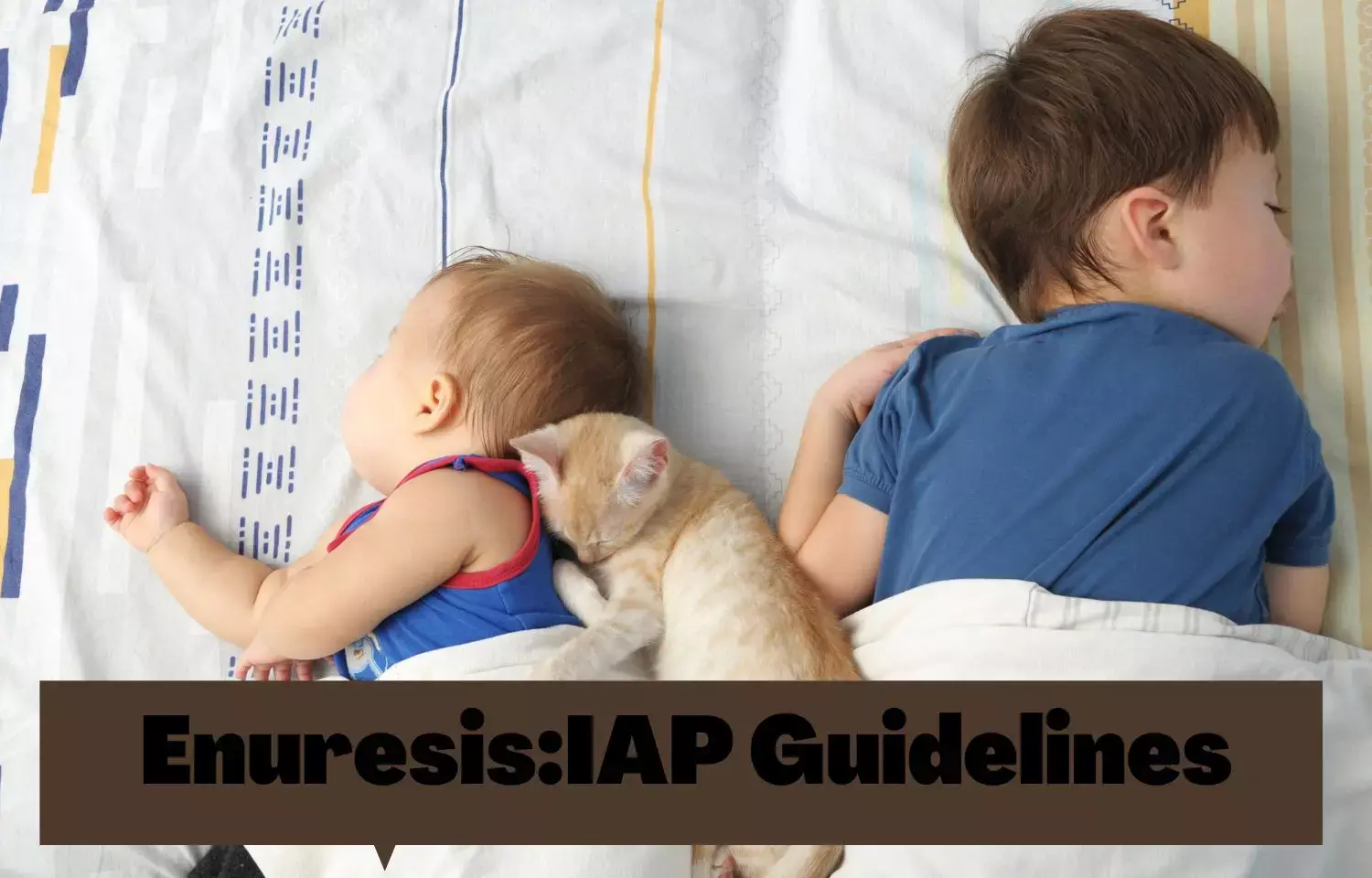- Home
- Medical news & Guidelines
- Anesthesiology
- Cardiology and CTVS
- Critical Care
- Dentistry
- Dermatology
- Diabetes and Endocrinology
- ENT
- Gastroenterology
- Medicine
- Nephrology
- Neurology
- Obstretics-Gynaecology
- Oncology
- Ophthalmology
- Orthopaedics
- Pediatrics-Neonatology
- Psychiatry
- Pulmonology
- Radiology
- Surgery
- Urology
- Laboratory Medicine
- Diet
- Nursing
- Paramedical
- Physiotherapy
- Health news
- Fact Check
- Bone Health Fact Check
- Brain Health Fact Check
- Cancer Related Fact Check
- Child Care Fact Check
- Dental and oral health fact check
- Diabetes and metabolic health fact check
- Diet and Nutrition Fact Check
- Eye and ENT Care Fact Check
- Fitness fact check
- Gut health fact check
- Heart health fact check
- Kidney health fact check
- Medical education fact check
- Men's health fact check
- Respiratory fact check
- Skin and hair care fact check
- Vaccine and Immunization fact check
- Women's health fact check
- AYUSH
- State News
- Andaman and Nicobar Islands
- Andhra Pradesh
- Arunachal Pradesh
- Assam
- Bihar
- Chandigarh
- Chattisgarh
- Dadra and Nagar Haveli
- Daman and Diu
- Delhi
- Goa
- Gujarat
- Haryana
- Himachal Pradesh
- Jammu & Kashmir
- Jharkhand
- Karnataka
- Kerala
- Ladakh
- Lakshadweep
- Madhya Pradesh
- Maharashtra
- Manipur
- Meghalaya
- Mizoram
- Nagaland
- Odisha
- Puducherry
- Punjab
- Rajasthan
- Sikkim
- Tamil Nadu
- Telangana
- Tripura
- Uttar Pradesh
- Uttrakhand
- West Bengal
- Medical Education
- Industry
Enuresis- What to Know and How to Treat: IAP Guidelines

The word "enuresis" has become synonymous with bedwetting. There can be nothing further from the truth and we need to erase this kind of thinking. Enuresis is defined as involuntary passage of urine beyond the age at which bladder control is deemed to be achieved.
The Indian Academy of Pediatrics (IAP) has released Standard Treatment Guidelines 2022 for Enuresis. The lead author for these guidelines on Enuresis is Dr Pankaj Deshpande along with co-author Dr Fagun Shah and Dr Rajiv Sinha. The guidelines come Under the Auspices of the IAP Action Plan 2022, and the members of the IAP Standard Treatment Guidelines Committee include Chairperson Remesh Kumar R, IAP Coordinator Vineet Saxena, National Coordinators SS Kamath, Vinod H Ratageri, Member Secretaries Krishna Mohan R, Vishnu Mohan PT and Members Santanu Deb, Surender Singh Bisht, Prashant Kariya, Narmada Ashok, Pawan Kalyan.
Following are the major recommendations of guidelines:
Mainly can be divided as:
Daytime enuresis: Often missed and the one that every pediatrician should be aware of to be able to diagnose and treat appropriately. Most children in this group get treated for the "nonexistent" urinary tract infections (UTIs)!
Nocturnal enuresis: The enuresis occurs predominantly at night when the child is fast asleep (including wetting when asleep in the day). Enuresis can be clinically considered as follows:
Predominantly daytime (overactive bladder):
Both daytime and nocturnal (posterior urethral valves, tubular problems, and neurogenic bladder) Predominantly nocturnal (primary nocturnal enuresis).Different causes of enuresis and their management is given in Table 1.
Conclusion:
There is varied etiology for enuresis. After identifying whether daytime or nocturnal, treatment should be directed at the cause of the enuresis.
Treatment:
Reference:
Arda E, Cakiroglu B, Thomas DT. Primary nocturnal enuresis: A review. Nephro Urol Mon. Further Reading 2016;8(4):e35809.
Deshpande AV, Craig JC, Smith GH, Caldwell PH. Management of daytime urinary incontinence and lower urinary tract symptoms in children. J Paediatr Child Health. 2012;48(2):E44-52.
Mahadik P, Vaddi SP, Godala CM, Sambar V, Kulkarni S, Gundala R. Posterior urethral valve: Delayed presentation in adolescence. Int Neurourol J. 2012;16(3):149-52.
Nieuwhof-Leppink A, Schroeder RP, van de Putte EM, Jong TP, Schappin R. Daytime urinary incontinence in children and adolescents. Lancet Child Adolesc Health. 2019;3(7):492-501. ; Ramsay S, Bolduc S. Overactive bladder in children. Can Urol Assoc J. 2017;11(1-2):S74-9.
The guidelines can be accessed on the official site of IAP :https ://iapindia.org/standard-treatment-guidelines/
Medical Dialogues consists of a team of passionate medical/scientific writers, led by doctors and healthcare researchers. Our team efforts to bring you updated and timely news about the important happenings of the medical and healthcare sector. Our editorial team can be reached at editorial@medicaldialogues.in.
Dr Kamal Kant Kohli-MBBS, DTCD- a chest specialist with more than 30 years of practice and a flair for writing clinical articles, Dr Kamal Kant Kohli joined Medical Dialogues as a Chief Editor of Medical News. Besides writing articles, as an editor, he proofreads and verifies all the medical content published on Medical Dialogues including those coming from journals, studies,medical conferences,guidelines etc. Email: drkohli@medicaldialogues.in. Contact no. 011-43720751


